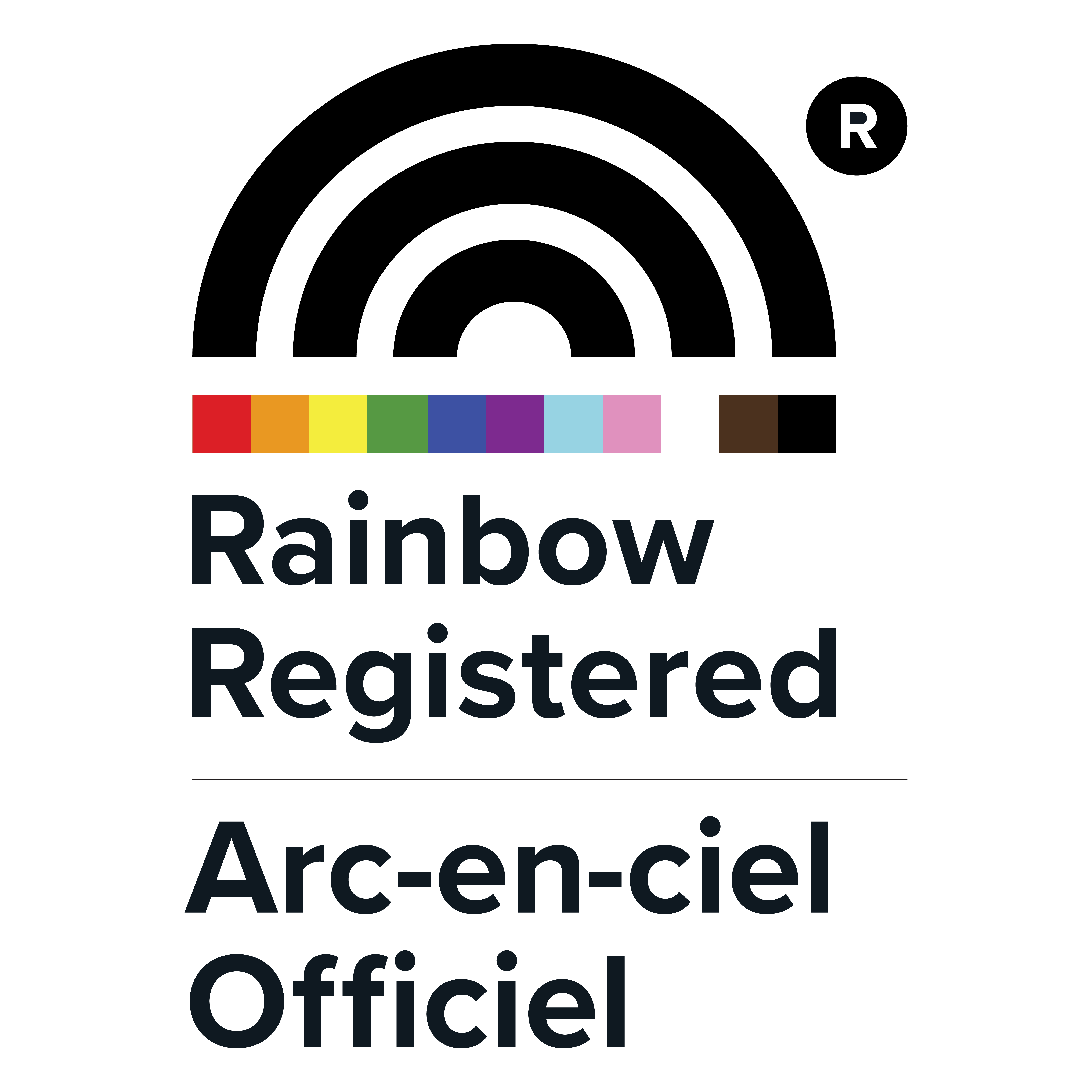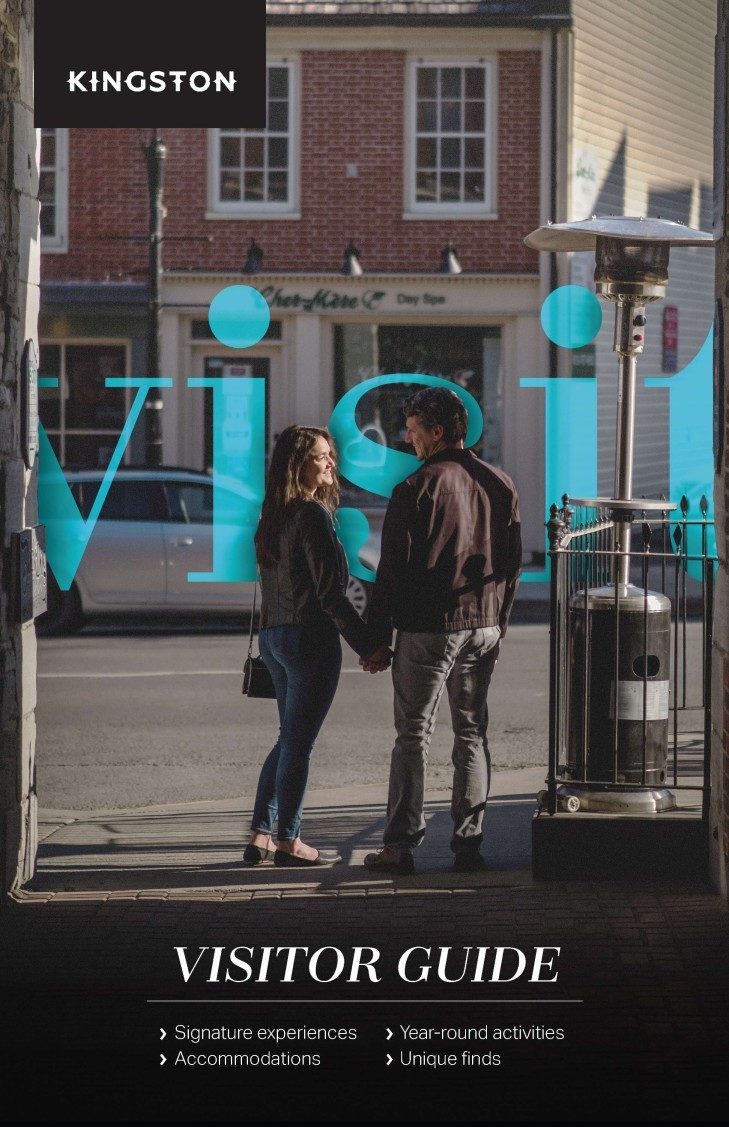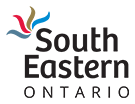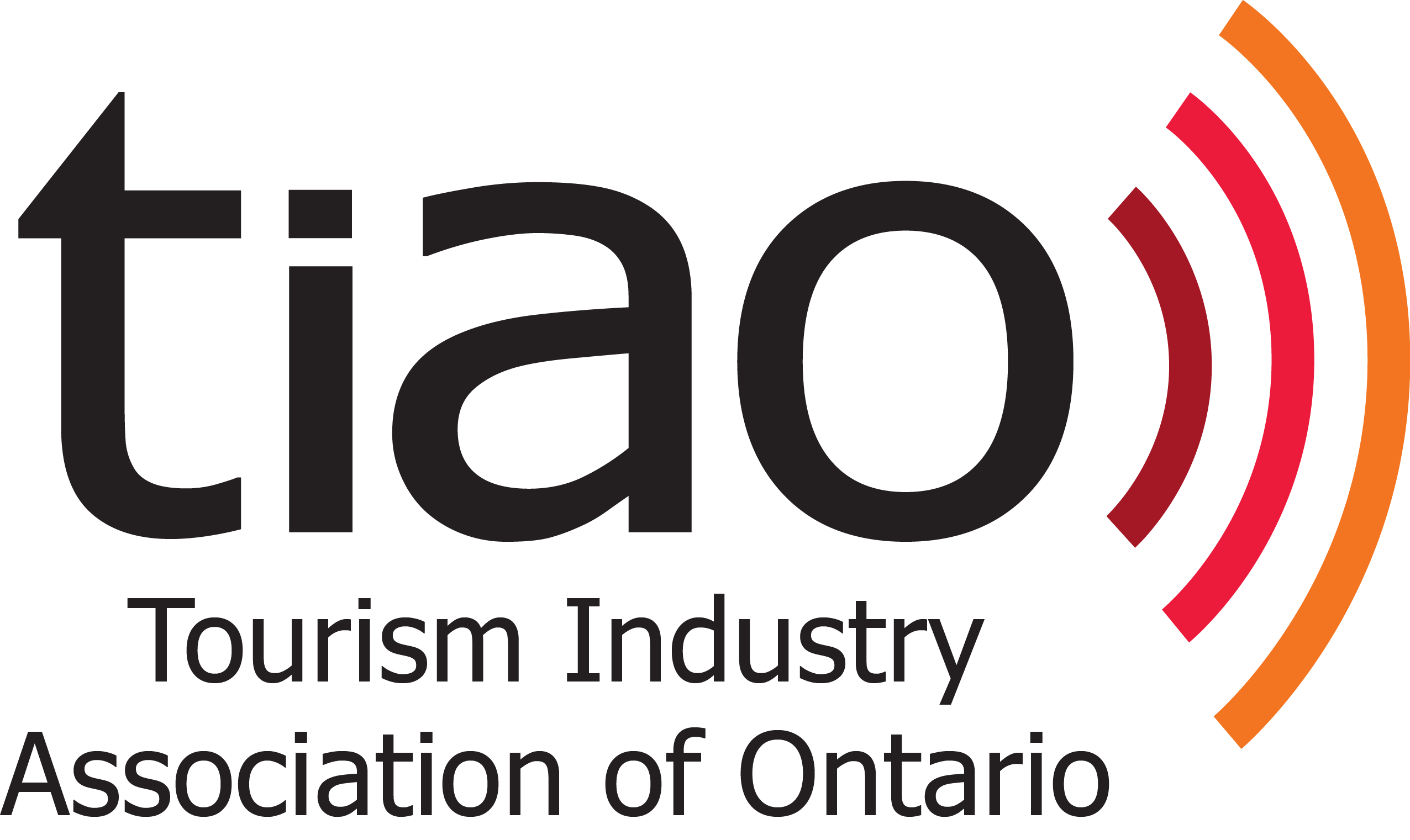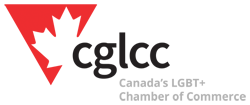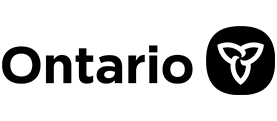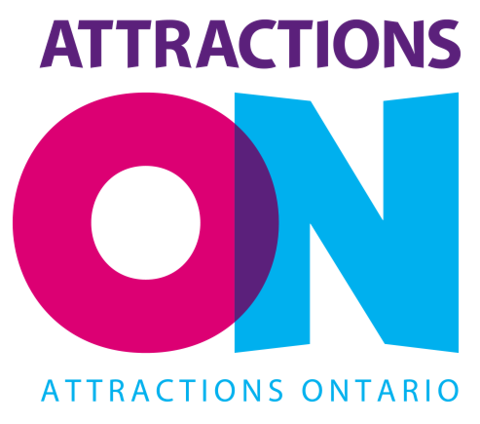A solar eclipse will occur in parts of North America on April 8. Kingston, Ontario is in the path of totality.
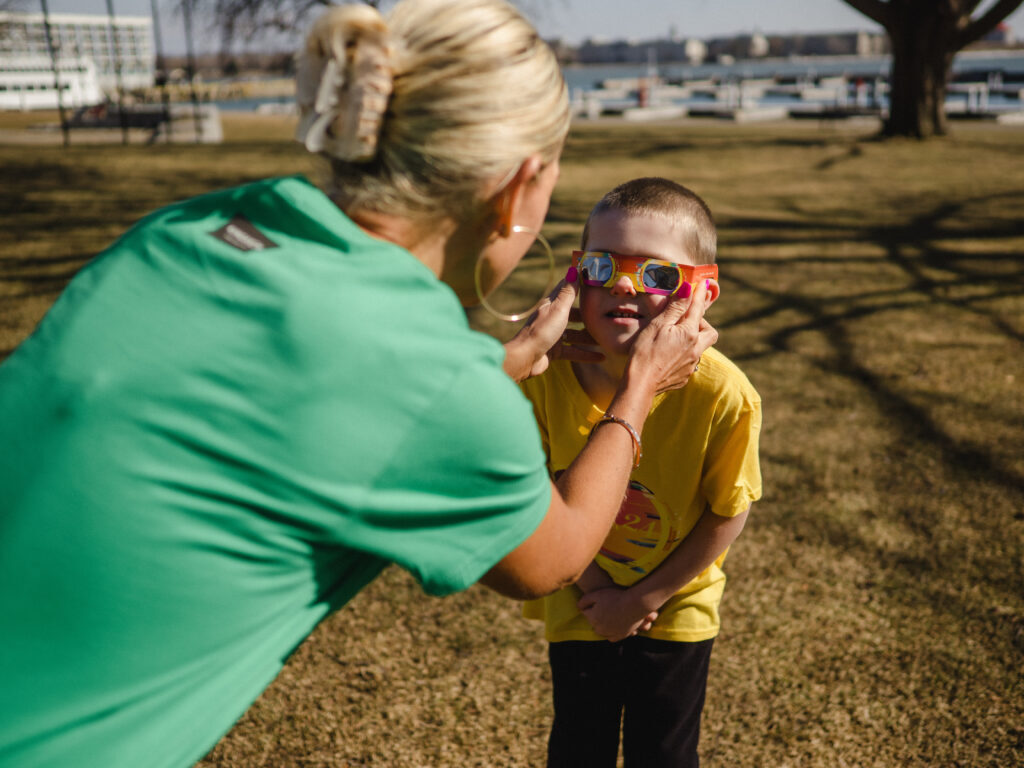
When the Moon crosses over the Sun in Kingston on April 8, the sky will darken, stars will appear during the day, and we will all be able to marvel at this astronomical phenomenon. It’s a once-in-a-lifetime event not to be missed, but as with any great event, we must not let our excitement override the need for our safety.
As innocuous as a solar eclipse might sound, it represents a very real risk for your eyesight. The Sun, even when its light is dimmed by the Moon passing in front of it, can cause severe and irreversible damages to our eyes. However, it’s possible to view a solar eclipse safely. All you need to do is take some precautions by following some basic directives.
Here are some basic don’ts when it comes to viewing a solar eclipse:
- Do not look directly at the Sun with the naked eye, even when it is dimmed by the passage of the Moon in front of it. Only use certified solar filters, solar telescopes or eclipse glasses to view the solar eclipse directly.
- Do not use homemade equipment to look directly at the Sun. (You can view the eclipse with homemade equipment using the indirect pinhole method – see below.)
- Do not use ordinary sunglasses – no matter how dark they are – to look at the eclipse or the Sun.
- Do not use homemade filters or welder’s glasses to look at the eclipse or the Sun.
- Do not look at the Sun through a camera, a telescope, binoculars or any other type of equipment. Viewing the Sun through such devices not equipped with a special-purpose solar filter will cause severe and potentially permanent eye injury.
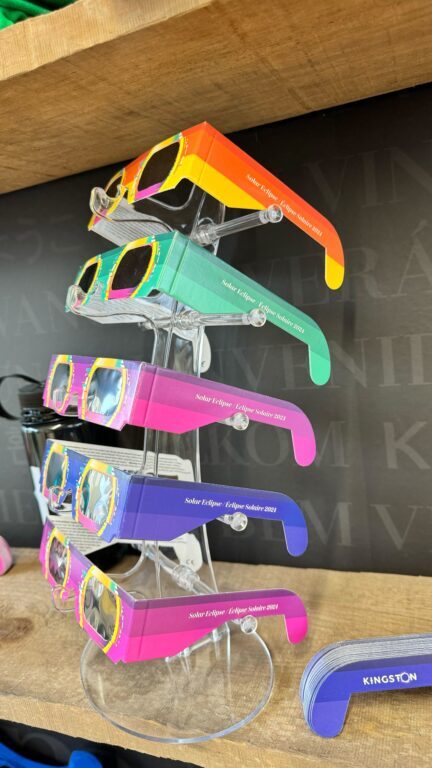
Viewing the eclipse directly
The only safe way to look directly at the Sun is through special solar filters. Eclipse-viewing glasses use such filters. They are for sale at the Kingston Visitor Information Centre, 209 Ontario St, or through the online shop. You can also obtain appropriate solar eclipse glasses through a number of other outlets. Look for eclipse glasses that carry the ISO 12312-2 certification. However, you should be careful when buying such glasses; there have been a number of eclipse glasses in circulation that claimed to comply with the ISO 12312-2 certification when in fact they were not tested properly and therefore not proven safe.
Some telescopes are designed to observe the Sun, and other telescopes can be equipped with the necessary filters to view the eclipse, but to be safe, you should only use these if you are highly experienced or if the equipment is being operated by a professional or an experienced amateur astronomer.
You should not, under any circumstances, use eclipse glasses placed over a telescope or binoculars to view the eclipse. This homemade method is fraught with risks; the concentrated rays from the Sun can damage your eyes despite the presence of the solar filter. If you are interested in viewing the eclipse through a telescope, it is better to do so under the supervision of a professional using adequate equipment.
Remember to carefully read the instructions and supervise children closely when using solar eclipse glasses. No matter where you purchase your glasses, inspect them closely for any signs of damages or defect. In the presence of any damages (tears, scratches, etc.) or defects (imperfections in the filter), destroy and dispose of the glasses and use another pair of glasses that are in perfect condition. It’s a good idea to have more than one pair of glasses per person on hand.
Viewing the eclipse indirectly
You can also safely view the eclipse using an indirect means of observation. The pinhole method allows you to look at a projected image of the Sun on a white surface. You can quickly and easily fabricate a pinhole observation tool using a few household items and a shoebox. View instructions here for a simple method of building a pinhole eclipse observation tool.
Viewing totality
The total phase of the solar eclipse (when the Moon fully obscures the Sun) provides the opportunity to view the eclipse without specialized eye protection. The total phase of the eclipse is the most stunning part of the eclipse. During this phase, you might even experience the most awe-inspiring sight: a view of the Sun’s corona, strands of gas that extend millions of kilometres out from the Sun.
However, the tricky part is to know when to take off eclipse-viewing glasses or filters, and when to put them back on. (Also, in many areas outside of Kingston, the eclipse will not achieve totality, and sunlight will still reach your eyes at all times during the event.) The best way to know when totality begins and ends is to attend a viewing event where experts are present to help with the timing. When in doubt, leave eclipse-viewing glasses on at all times.
The upcoming total solar eclipse is a once-in-a-lifetime event. As incredible as the eclipse will be, it can also cause severe and even irreversible damage to our eyes if not viewed safely. When the light of the Sun is dimmed by the passage of the Moon, it can feel safe to view the Sun directly. It is not safe. Appropriate protective eclipse-viewing glasses are required. Always monitor young children closely during the whole event – and pre-school children might be too young to follow instructions and participate safely.
There are many opportunities to view the solar eclipse in Kingston, whether from your own backyard or at a designated viewing locations. Kingston Transit is providing free transit all day on April 8 to alleviate traffic congestion.
Learn more about the viewing locations and other eclipse activities in Kingston: visitkingston.ca/eclipse2024
Here are other great sources of information regarding the solar eclipse:



